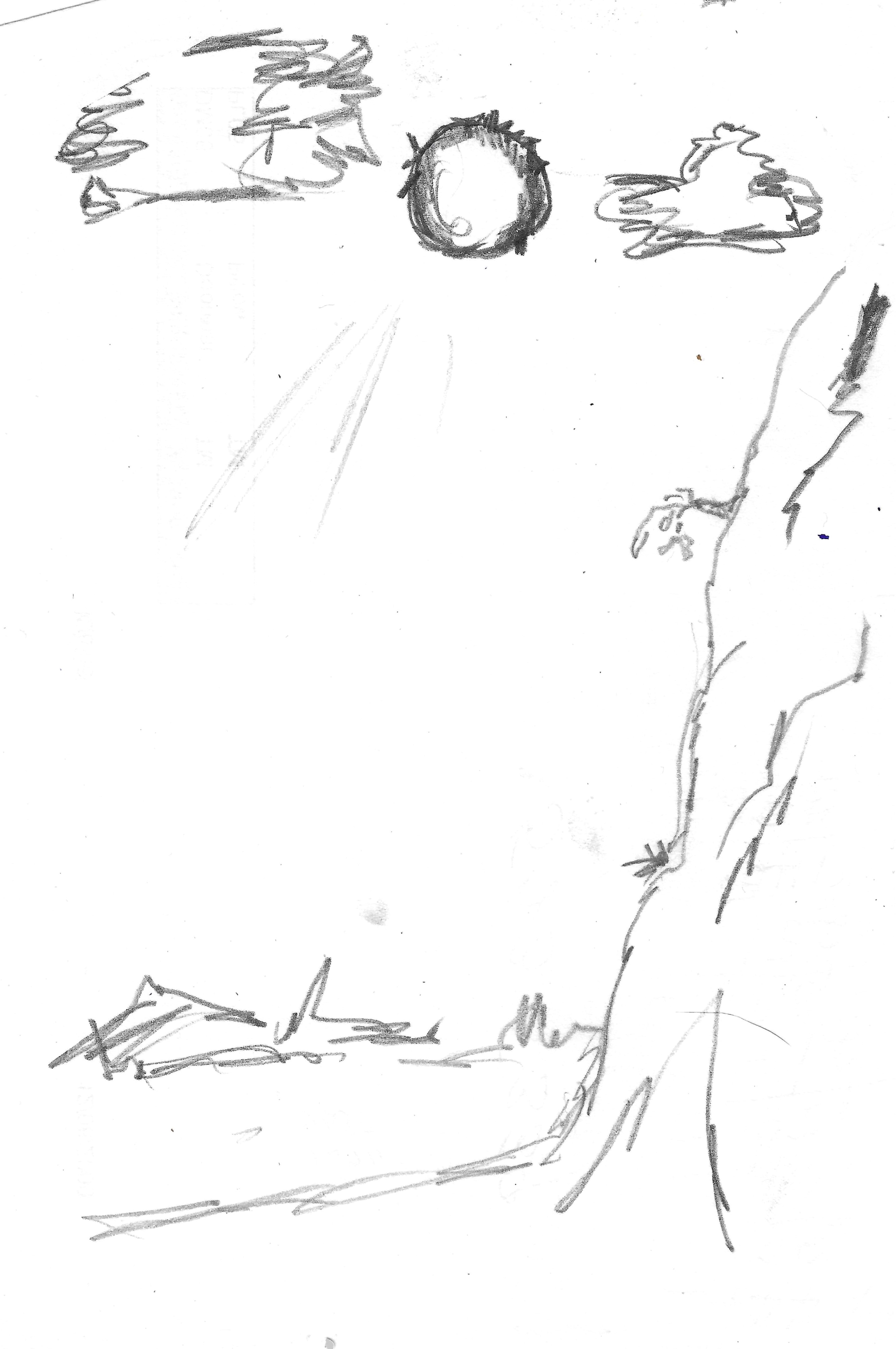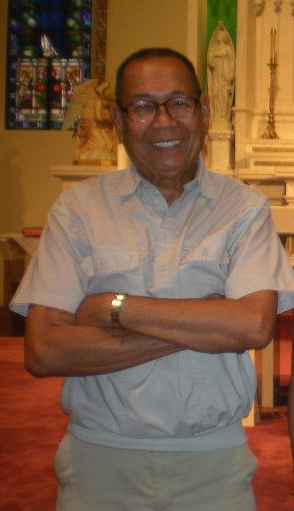"To care for the dead is to care for the living.”~Florencio S., the Watcher
On the coast of Gorus lies the village of Astrilune, nestled in a forgotten harbor scattered with the remnants of broken ships. Gentle waves break on the shore, whispering stories of all that was lost—and all that still lingers.
No one lives there.
The wind whispers through the trees, and the ocean rolls in with slow, reverent waves that kiss the shore in silence. The village is still, yet nothing feels abandoned. Flowers bloom in tended beds. Doors remain ajar, as if someone just stepped away. Curtains stir in windows touched by sea breeze.
Before you enter, a single stone tableau stands watch—a slab of white marble etched with black lettering:
‘Those who care for the dead, care for the living.’
There are no names, no dates—only that one phrase, carved deep.
The surface bears the marks of many hands, worn smooth from years of remembrance.
Tiny flowers bloom at its base, and on certain breezes, they say you can catch echoes of the past: the hum of women at work, children’s laughter, and the distant calls of men on fishing boats.
The air itself holds a hush—one carved from memory and the gentle passage of time.
Astrilune is quiet, but it is not forgotten. It is a place rebuilt, again and again—not for the living, but for memory.

by Florencio S. Quinquinio
History
Astrilune was once a small fishing village, renowned for its profound reverence for the sea gods—Tamhana, the goddess of sailors and guidance, and Edarr, the god of storms, fishing, and the open sea.
Like many coastal settlements, their prayers rose with the tides.
But even the gods could not save all who called out to them when the storm came—swift as wildfire, and full of rage across the waters.
Like all coastal towns in the Islands of the Veil, it lived under constant fear of umbral water—dark, unnatural tides that carried sickness, sorrow, and silence in their wake.
In 1935, the Umbral Hurricane struck.
It was unlike anything the islands had seen before—an unnatural storm, whipped into being by an ill wind. It tore through the archipelago, drowning entire settlements and leaving behind a creeping sickness that claimed the weak, the wounded, and the unlucky. Astrilune was wiped clean off the map. The damage was horrific. What remained of the village took months to clear, and years to grieve.
Very few survived.
The flowers that could cure umbral sickness—prism blossoms—were rare and bloomed only in high, hidden places.
It is said that one of the village’s watchmen, Florencio, felt the storm brewing in his bones while fishing at dawn. He dropped his nets and ran back to shore, urging as many children as he could toward safety. Their parents were still at sea, casting lines for azurefin and crimson snook, fish prized not only for their meat, but for the vivid dyes drawn from their scales.
With Florencio’s help, the children fled to the mountains and found shelter in the caves. Outside, the black winds howled and rain soaked the earth in ink. When the storm passed, Astrilune was stained—not just with ruin, but with memory.
Many of those children never saw their families again. They were orphaned by the sea.
Florencio led the effort to restore the village—not for the living alone, but for the ghosts of the dead, those who never reached the Under-Sanctuary, where souls are said to meet Nelous and find rest in his eternal gardens.
They had no graves, no names, no whole bodies to mourn—only fragments left behind.
Not even Nelous, god of death and guardian of eternal rest, could guide them to his realm. Florencio wanted the children to have a place to return to—a home where memory could live and sorrow could settle gently, like ash.
It took twenty years.
Stone by stone, plan by plan, promise by promise—he kept his word to the survivors. They would have a village again, not to live in, but to honor. A place built not with hope of habitation, but with devotion. Florencio’s restoration transformed Astrilune into a living memorial: a place for remembrance, not residence.
Now, every time Astrilune is touched by storm or decay, it is rebuilt again—faithfully—using the detailed plans left behind by Florencio himself.
Many of the children he once saved are elders now, scattered across the wider coast of Gorus. Some continue the traditions of dye-making and hand-painted fabrics, passed down from their parents who once fished for azurefin and crimson snook. Others make pilgrimages to Astrilune during the Vigil of Quiet Tides, sweeping the paths and lighting lanterns by the sea.
Because of him, they still have a place to return to.
Because of them, Astrilune will never be forgotten.
Vigil of Quiet Tides
Once a year, on the summer solstice, the descendants of Astrilune gather on the shore to honor the dead. They bring flowers and offerings, cleaning the village piece by piece. In old homes, they cook shared meals and leave behind tokens—memories and trinkets—for loved ones lost to the sea. Some bring scraps of traditional hand-painted fabric to burn in the great hearth, a gesture of reverence and release. At the center of the village stands a simple stone marked with Florencio’s name, surrounded by driftwood cranes and faded prayer flags. There, they leave flowers and small cranes woven from palm fronds—delicate echoes of the ones he used to make for orphaned children, back when sorrow was still fresh and the village was still learning how to heal.
Preservation
Astrilune is lovingly maintained by the Tagak Society, a foundation formed by Florencio when he began to rebuild the village. A network of veterans, sailors, and nobles from across Gorus contributed to his vision. So many lives were lost during the Umbral Hurricane that the village now stands as a living memorial to those taken by the storm. Even the High Queen of the Wood Elves of Dawnwood tithes to this cause. The society maintains a fund to support Astrilune’s builders and keepers, ensuring they are always prepared. Should disaster strike again, the means to rebuild will already be waiting. Some of these funds also go toward caring for children orphaned by the catastrophe. To this day, the Tagak Society continues to serve those in need.
Astrilune sleeps, but it is never alone. Its waves carry memory, and memory, here, never sinks.
“Astrilune is a village born from salt, sorrow, and survival. It has stood, fallen, and risen again—each time stitched back together by memory and the steady hands of its keepers.”













A beautiful and touching tribute, thank you so much for sharing it with us.
Thank you, trying to find my voice, my space to weave reality into fiction, after all, if you write about something or someone you love, they live forever.